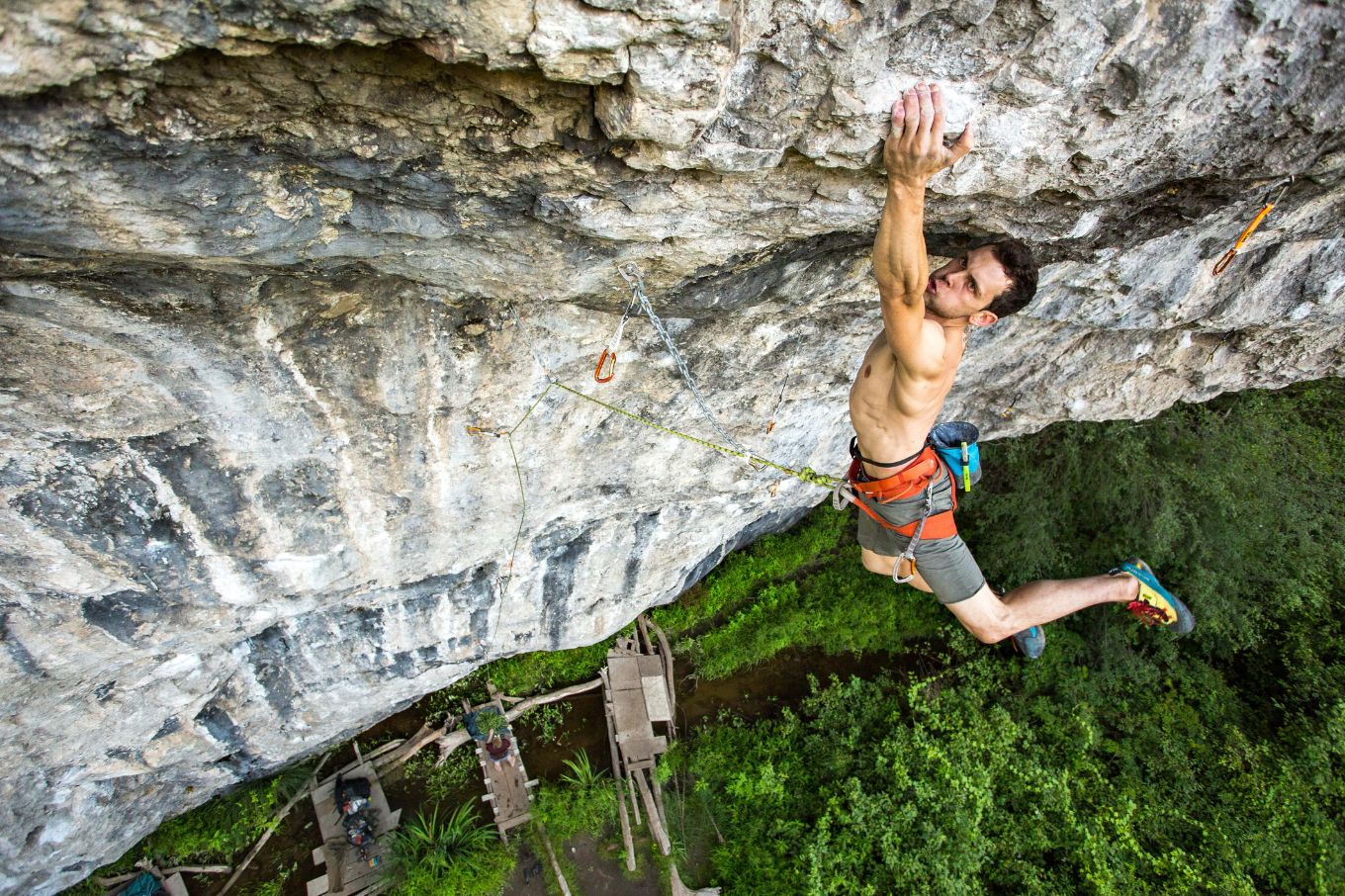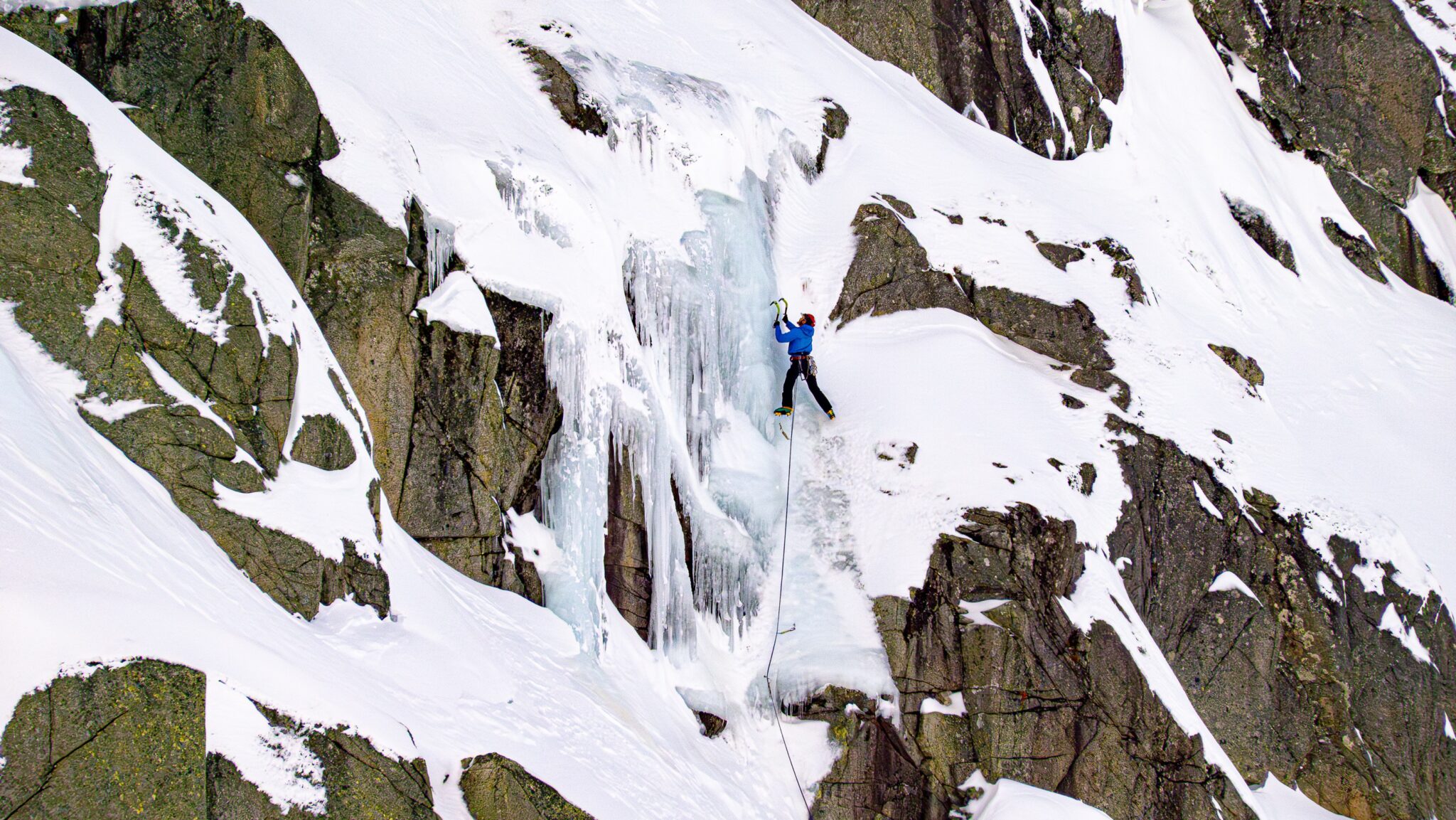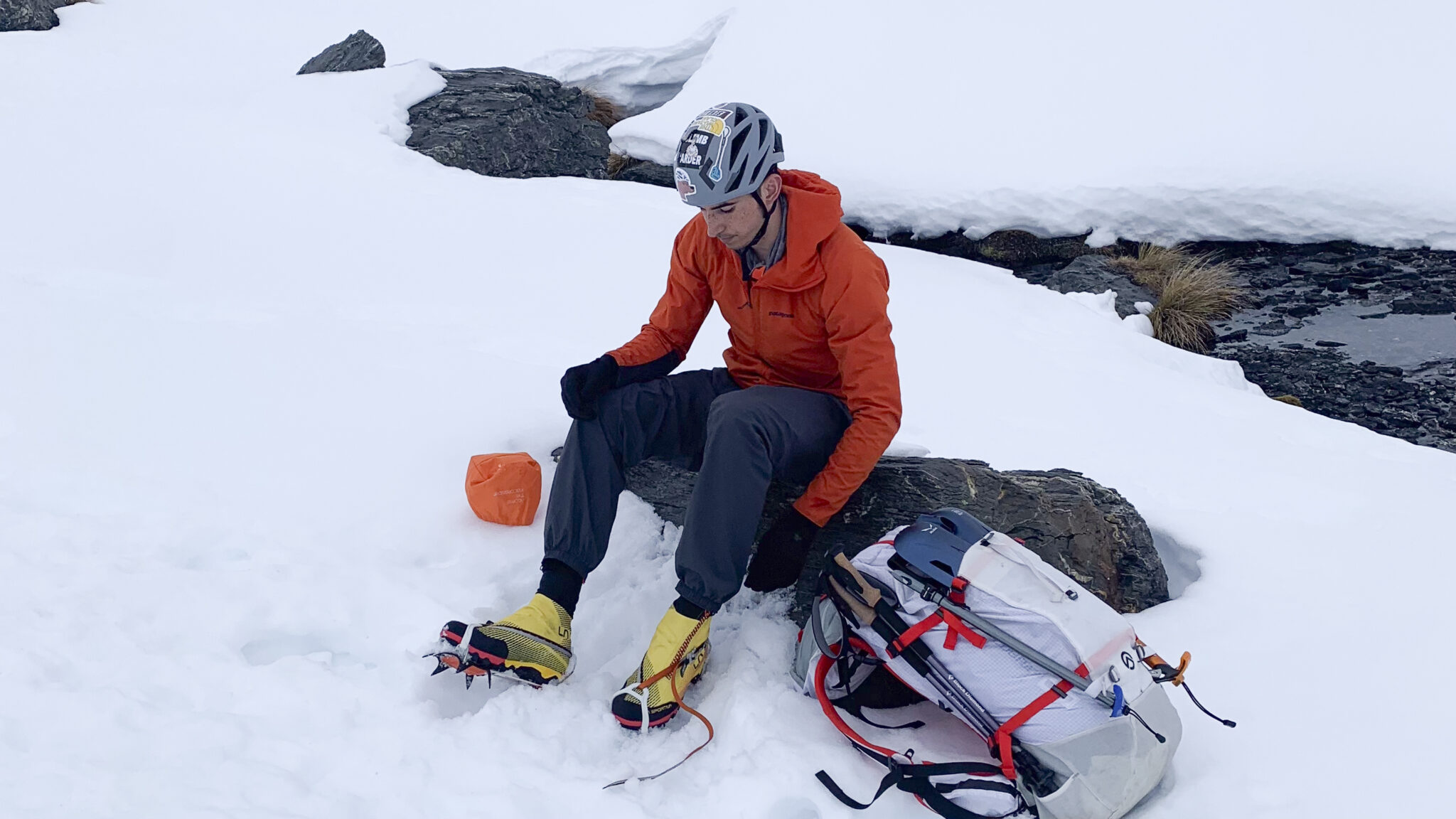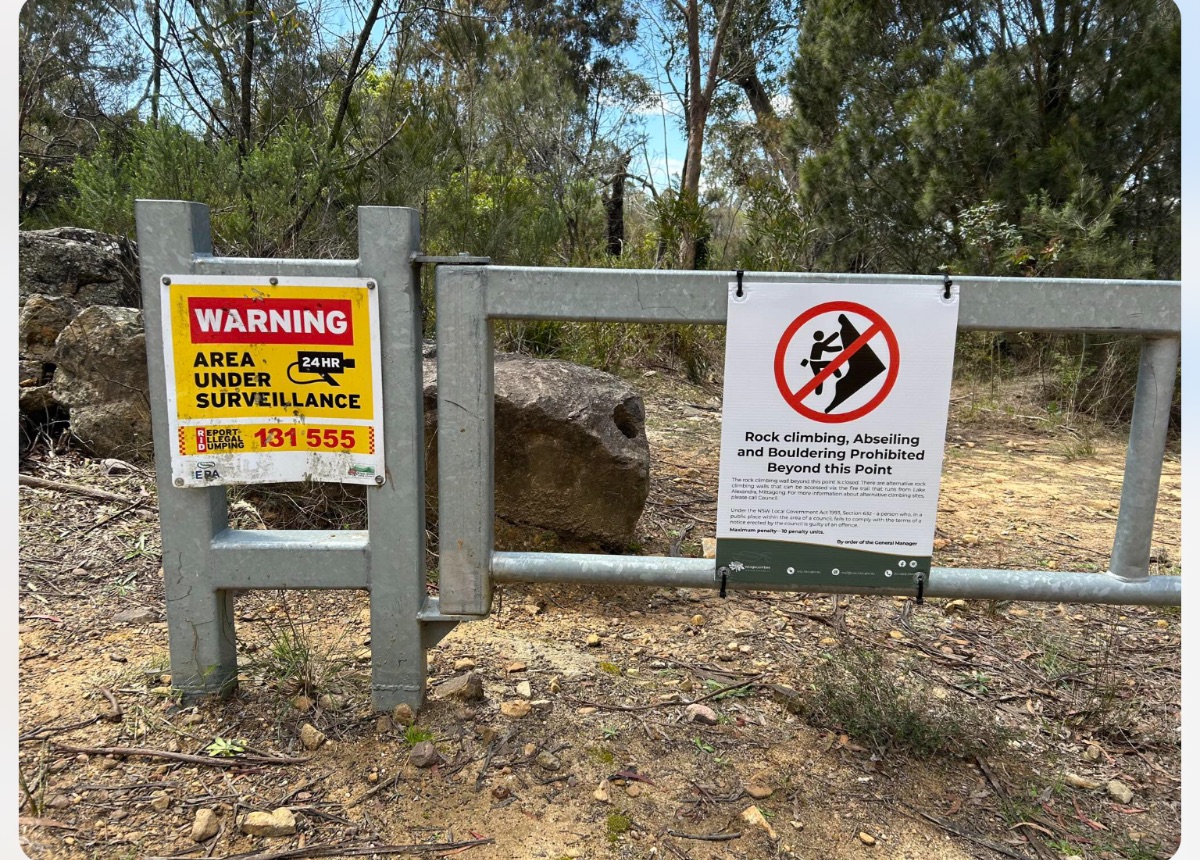Psychologist Dr Kate Baecher takes a deep dive into how to understand and overcome fear as you learn to lead climb.
Picture this: It’s your first time climbing outdoors. You are equally thrilled and apprehensive, and all of your senses are on high alert as a result. You notice the strength of the breeze and the temperature of the rock. You notice the scent of gum trees and the noise of gear clanking together. You check and re-check your knots as you tie in, then you look up, take a deep breath, and begin to climb.
Up past the first few moves, your jelly-legs begin to stabilise and your breath begins to settle. ‘I can do this’, you think to yourself, ‘I AM doing this.’
The moment you have those thoughts – the moment your mind shifts away from the moves themselves – BAM! You’re off the wall.
Falling was something you’d been aware of during the transition from indoor to outdoor climbing, but not something that you had consciously practiced or focused on previously. I mean, you’ve taken plenty of falls at the climbing gym, and have become quite accustomed to the feeling of a soft catch by a trusted belayer with the cognitive sense of safety that comes from being indoors in a very familiar environment.
So it seems quite surprising then, that a fall when outdoors feels like a whole new form of sorcery and danger. But is it really so surprising?
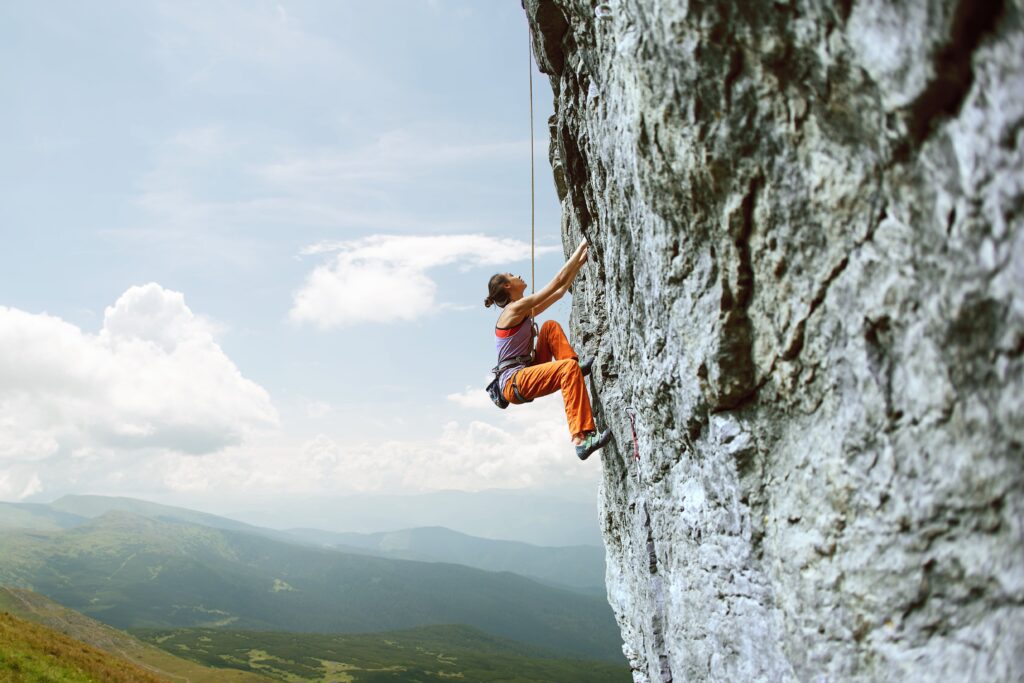
The fear of falling is rooted in our primal survival instincts. It’s a natural reaction to the risk of injury or even death, which is why it is particularly pronounced in activities like climbing, where the perceived risk is high and the potential consequences even higher. Our brains are wired to protect us, and when faced with such a perceived risk, we become alert, tense, and ready to react.
In climbing, the fear of falling is often linked to several factors:
- Height: Being off the ground triggers a natural fear of falling from a significant height.
- Lack of Control: When you feel you don’t have control over your movement or your safety, fear can intensify.
- Inexperience: Beginners may not trust their technique or their belayer, increasing anxiety about falling.
- Uncertainty: Falling is an unpredictable event. The unknown aspects of what happens when you fall (e.g. how your body will react, the sensation of falling, etc.) can be terrifying.
Fear can have both psychological and physical effects on climbers. When anxiety is high, climbers may freeze up, become tense, or fail to commit to movements. This can lead to poor technique, hesitation, and ultimately, even more danger.
The good news is that fear of falling can be managed and even overcome with time, patience, and the right techniques. I can guarantee you it’s not comfortable, but it is worth it.
Here are a few effective practices that can be employed by climbers to build confidence and reduce fear:
1. Build Trust in Your Belayer
A trusted belayer plays a crucial role in minimizing fear. Knowing that your belayer is experienced, attentive, and competent can help reduce anxiety. Communicate with your belayer about your fears, and establish a system of reassurance. It’s essential to build a partnership based on trust.
2. Visualisation Techniques
Visualisation can be a powerful tool in overcoming fear. Take time before your climb to mentally walk through the movements you plan to make, imagining a successful and controlled fall. Visualising a safe landing can help calm the mind and reduce fear when you’re actually on the wall.
3. Focus on Technique, Not Fall Potential
When climbing, focus on perfecting your technique rather than dwelling on the possibility of falling. When you are actively engaged in your climbing movements, your mind is less likely to wander into fearful thoughts. Proper footwork, body positioning, and breathing can make the climb feel more controlled, lowering anxiety.
4. Take Your Time
Climbing is not a race. Taking your time and making deliberate decisions can reduce anxiety. Don’t rush through the climb, take breaks when needed and remember to breathe. This will help your mind stay calm and focused, decreasing the chances of being overwhelmed by fear.
5. Mental Reframing
Shift your perspective on falling. Instead of seeing it as a catastrophic event, reframe it as a normal part of the climbing process. Falls are an inevitable part of the sport, and with the right training and safety equipment, they rarely lead to injury. Understand that falling is not a failure, but an opportunity for growth.
On a very practical level, practising falling in a controlled environment in small graduated steps can help you separate real concerns from phantom fear and improve your understanding of the consequences. You learn how to fall properly, thus minimising the chance of injury on a routine climb. Start with short falls and work your way up.
You might like to experiment with the following graduated falling practice:
- Indoor top-rope falling practice. First, climb up about half-way up a route, then simply let go and hang on the rope. Swing to the left and to the right, in order to learn how swinging on the rope feels. Do this a few times in order to develop a sense of how being unattached to the rock (and trusting the system), feels. Then, with a clear zone beneath you, ask for a metre of slack then fall. Be careful not to jump – because jumping is not replicative of what will happen outdoors. Just let go and fall, instead, paying attention to your form as you practice. Then repeat with a little more slack.
- Indoor lead falls. Begin this step by taking falls right at your gear/ protection point. This makes it become like a top-rope fall – you’ll only fall as much as the rope stretches. After you become comfortable with this fall, climb up one move above your protection and take a fall (but not a jump!). Continue in small increments, one or two moves up at a time. Practice several times at each increment until you’re comfortable increasing the fall distance. Becoming comfortable with falls of several metres will prepare you well for the consequences – and sensations – on most sport climbs.
Fear of falling is a common and natural feeling for many climbers, but it doesn’t have to be a limiting factor. By understanding the roots of fear, recognising its potential impact on climbing performance, and implementing strategies to manage anxiety, climbers can develop the confidence needed to overcome this obstacle. Climbing is about pushing past limits, and overcoming the fear of falling is an essential step in that journey.
This story originally featured in Vertical Life # 50. Grab your copy here

